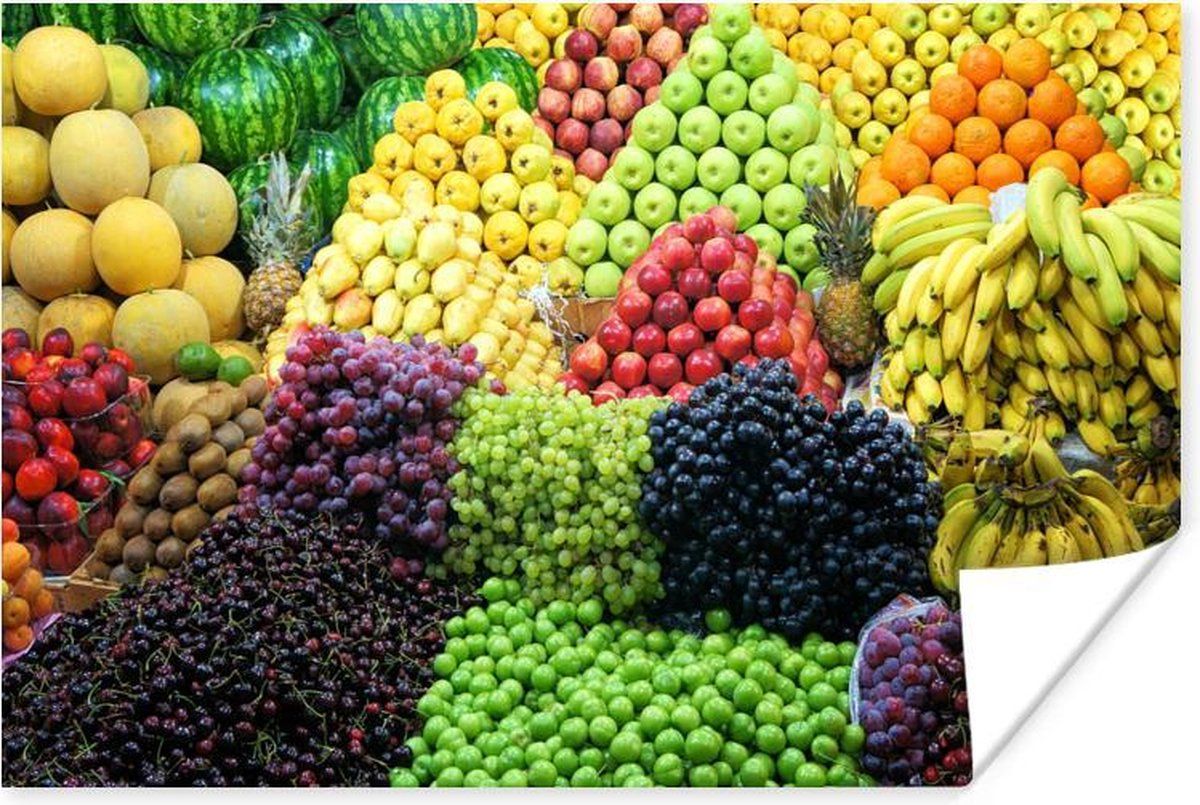India is a leading producer of fruits and vegetables, thanks to its favorable climate conditions and vast agricultural land. With a wide range of fruits and vegetables, including mangoes, bananas, apples, grapes, pomegranates, oranges, potatoes, onions, tomatoes, and many more, India has a significant potential for exports. However, fruit and vegetable export from India requires proper planning and adherence to regulations.
In this article, we will discuss the steps involved in exporting fruits and vegetables from India.
Step 1: Obtain Import Export Code (IEC)
The first step in exporting any product from India is to obtain an Import Export Code (IEC) from the Directorate General of Foreign Trade (DGFT). The IEC is a 10-digit code that is required for all export transactions. To obtain the IEC, you need to submit the necessary documents to the DGFT, such as the PAN card, bank account details, and passport-sized photographs.
Step 2: Register Your Company
To export fruits and vegetables from India, you need to register your company with the Registrar of Companies (ROC) in your state. You can also register your company online through the Ministry of Corporate Affairs (MCA) website. The registration process requires you to submit the necessary documents, such as the certificate of incorporation, memorandum of association, and articles of association.
Step 3: Obtain APEDA Registration
The Agricultural and Processed Food Products Export Development Authority (APEDA) is the regulatory authority for the export of fruits and vegetables from India. To export fruits and vegetables, you need to obtain registration from APEDA. You can apply for APEDA registration online by submitting the necessary documents, such as the IEC, PAN card, and bank details. Once you receive the APEDA registration, you become eligible to export fruits and vegetables from India.
Step 4: Quality Control
Before exporting fruits and vegetables from India, you need to ensure that they meet the quality standards of the importing country. You can get your products tested at APEDA-approved laboratories. The laboratory testing helps you to identify any defects or deficiencies in your products and rectify them before exporting.
Step 5: Packaging and Labeling
Proper packaging and labeling are crucial for exporting fruits and vegetables from India. You need to ensure that the products are packed in such a way that they remain fresh during transportation. The packaging should also comply with the requirements of the importing country. For example, some countries require fruits and vegetables to be packed in a particular way to prevent damage during transit.
You also need to label the products with the necessary information such as product name, weight, country of origin, and other relevant information. The labeling should comply with the regulations of the importing country.
Step 6: Obtain Phytosanitary Certificate
The Phytosanitary Certificate is a document that certifies that the fruits and vegetables have been inspected and found free from pests and diseases. This certificate is issued by the Plant Quarantine Authority of India. You need to obtain the Phytosanitary Certificate before exporting fruits and vegetables from India. The certificate assures the importing country that your products are safe for consumption and free from any pests or diseases.
Step 7: Choose a Reliable Freight Forwarder
Choosing a reliable freight forwarder is crucial for exporting fruits and vegetables from India. A freight forwarder can handle all the logistics and documentation required for exporting your products. They can also help you with the necessary documentation, customs clearance, and shipping arrangements.
When choosing a freight forwarder, you need to consider their experience, reputation, and track record. You can also get references from other fresh fruits exporters or trade associations.
Step 8: Obtain Necessary Export Documents
Before exporting fruits and vegetables from India, you need to obtain the necessary export documents. These include the
commercial invoice, packing list, bill of lading or airway bill, certificate of origin, and any other documents required by the importing country.
The commercial invoice is a document that contains the details of the products being exported, such as the product name, quantity, value, and payment terms. The packing list is a document that contains the details of the packaging used for the products, such as the number of boxes, weight, and dimensions.
The bill of lading or airway bill is a document that serves as a receipt for the goods being shipped. The bill of lading is used for sea shipments, while the airway bill is used for air shipments. The certificate of origin is a document that certifies the country of origin of the products being exported.
Step 9: Payment and Finance
Exporting fruits and vegetables from India can be a costly affair. You need to ensure that you have enough funds to cover all the costs associated with exporting your products. The costs involved in exporting fruits and vegetables from India include packaging and labeling, transportation, documentation, and customs clearance.
To finance your exports, you can explore various financing options such as export credit, letter of credit, or bank guarantees. Export credit is a loan provided by the government or a financial institution to finance your exports. A letter of credit is a document issued by the bank that guarantees payment to the exporter upon the shipment of goods. A bank guarantee is a promise by the bank to pay a certain amount if the exporter fails to fulfill their obligations.
Conclusion
Exporting fruits and vegetables from India requires proper planning, documentation, and compliance with regulations. By following the above-mentioned steps, you can successfully export your products to various countries around the world. However, it is important to keep in mind that the regulations and procedures may vary depending on the importing country. Therefore, it is essential to research and understand the regulations of the importing country before exporting your products.






